GUEST BLOGGER MICHELLE CUSOLITO
A big part of a scientist’s job is documenting their research and collecting data. Maude Delap—the person featured in Jellyfish Scientist: Maude Delap and Her Mesmerizing Medusas—recorded her observations through sketches and written text. Today, students will take a page out of Maude’s journal and try their hand at her style of scientific observation.
Materials
- a copy of Jellyfish Scientist: Maude Delap and Her Mesmerizing Medusas
- an assortment of natural items from a local ecosystem for observation. Examples: seashells, pinecones, acorns, seeds, leaves, rocks, flowers, etc. (If time allows, consider asking students to look around the school yard and collect one item to observe. Alternately, you could read the book before taking a field trip to a museum, aquarium or zoo and have students complete their observations during the trip).
- paper, pencils, and colored pencils
- hand lenses (magnifying glasses)
- Two photos of Maude’s original illustrations (below). These were published in The Irish Naturalist in her paper “On the Rearing of Chrysaora Isoceles in an Aquarium,”
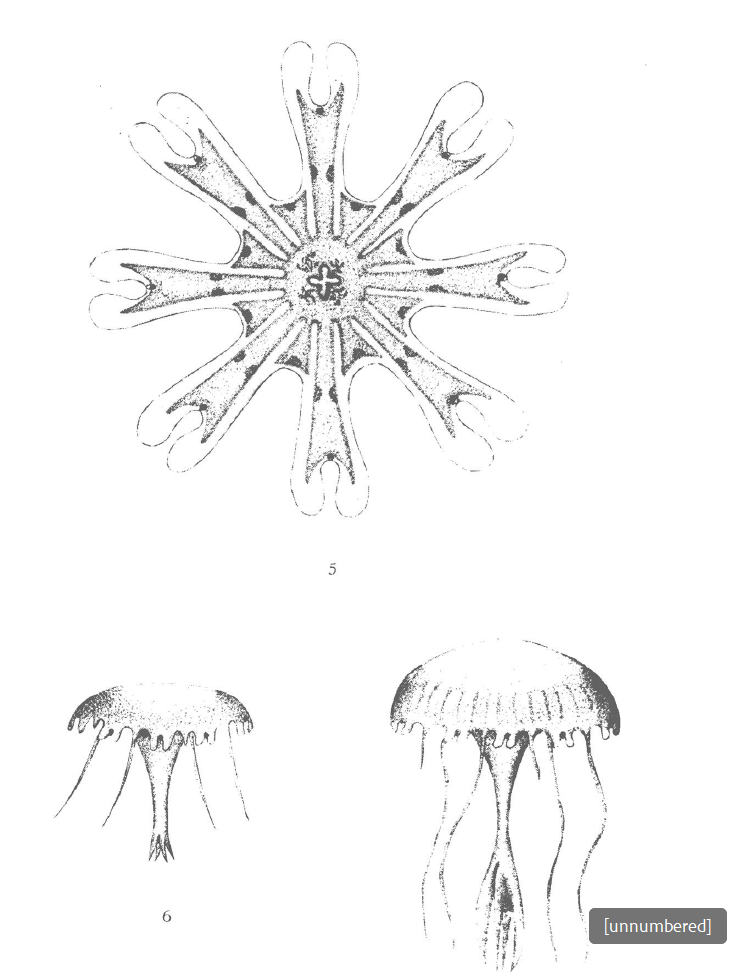
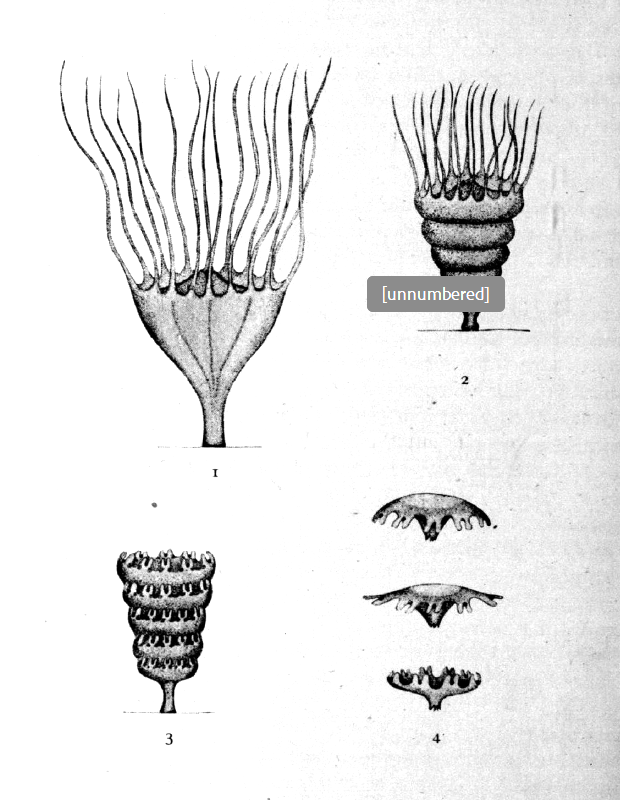
Procedure
- Read aloud Jellyfish Scientist. During the reading:
- pause to ask students how Maude documents her work.
- focus students’ attention on how closely she observes and the tools she uses.
- discuss how these observations helped lead to her success.
- Be sure to read aloud the first page of the back matter, including Ellen Rooney’s Illustrator’s Note.
- Show Maude’s original drawings from her published scientific paper. Ask students to describe them. Focus students’ attention on their accuracy. For example, Maude doesn’t draw jellyfish with eyes or mouths. She only draws what she sees.
- Explain that the students will now practice their scientific observation skills the way Maude did.
- Distribute materials and have students draw their items (see suggestions below). They should also use words to describe what they see.
- While students work, I encourage you to circulate and offer words of encouragement. Try to avoid saying things like “good job.” Rather, say, “You really captured the ridge pattern on that shell.” Or, you found the exact color of that leaf!” This helps build student confidence, especially for kids who are hesitant to draw.
- When done, come back together as a group to debrief. Have students share their drawings and written scientific observation notes. Ask students to talk about their process. How did it feel? Did they notice more details because they had to draw the item?
A few suggestions
- Some students might resist drawing, stating that they can’t draw. Encourage them to focus on looking closely and capturing little details. Students who are more comfortable with words might start by describing what they see whereas students who are more comfortable drawing will likely feel more successful if they begin with drawing.
- If students have never used hand lenses, I suggest giving them a few minutes to “play” with them before they begin drawing. (Typically, they’ll make faces at each other while looking through the lenses, that sort of thing.) Set a timer for two or three minutes and let them get it out of their system. Once the timer goes off, they are scientists, and they need to use the tools as scientists use them. I’ve found this goes a long way to limiting the silliness that can happen.
Visit Charlesbridge for an activity guide with additional ideas for using the book.
Featured image credit: “Initium Maris-Civis, séance sur le terrain pour les élèves de l’école de Rosporden (Ifremer 00684-79599 – 32321)” by Olivier Dugornay (Ifremer, Pôle Images, Centre Bretagne – ZI de la Pointe du Diable – CS 10070 – 29280 Plouzané) is licensed under CC BY 4.0.
Michelle Cusolito, M.Ed, is a former elementary school teacher and curriculum developer. She currently teaches Writing at Simmons University in the MFA program. Flying Deep: Climb Inside Deep-Sea Submersible Alvin, was awarded the PEN-NE Susan P. Bloom Children’s Book Discovery Award and was longlisted for a Massachusetts Book Award. It was also on the Kirkus Best Books list and the NSTA Outstanding Science Trade Books list. Diving Deep: Using Machines to Explore the Ocean, was also longlisted. A Window into the Ocean Twilight Zone: Twenty-Four Days of Science at Sea, Jellyfish Scientist: Maude Delap and Her Mesmerizing Medusas, and the forthcoming In the World of Whales are all Junior Library Guild Gold Standard Selections. https://www.michellecusolito.com/ Instagram and Bluesky.
Author photo credit: © Woods Hole Oceanographic Institution, Marley Parker


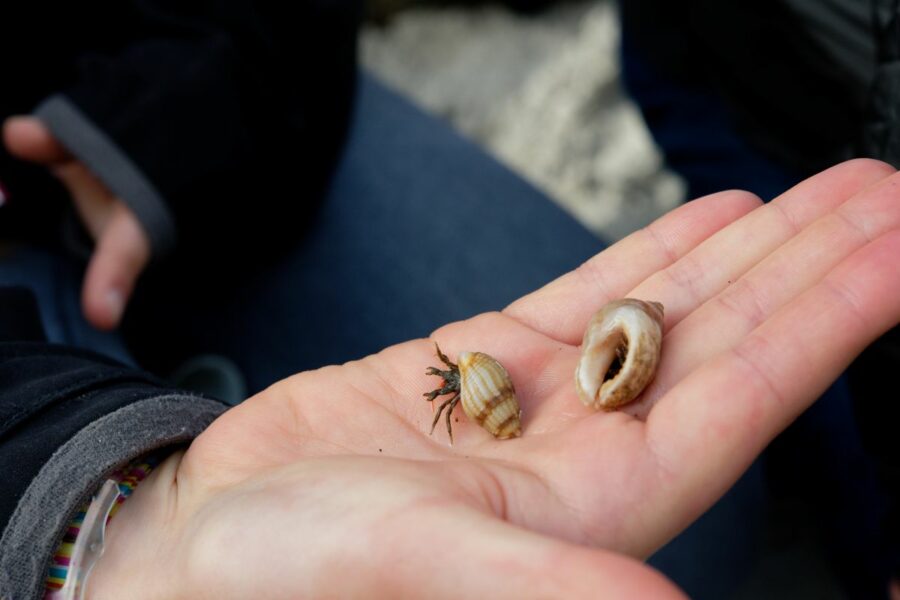

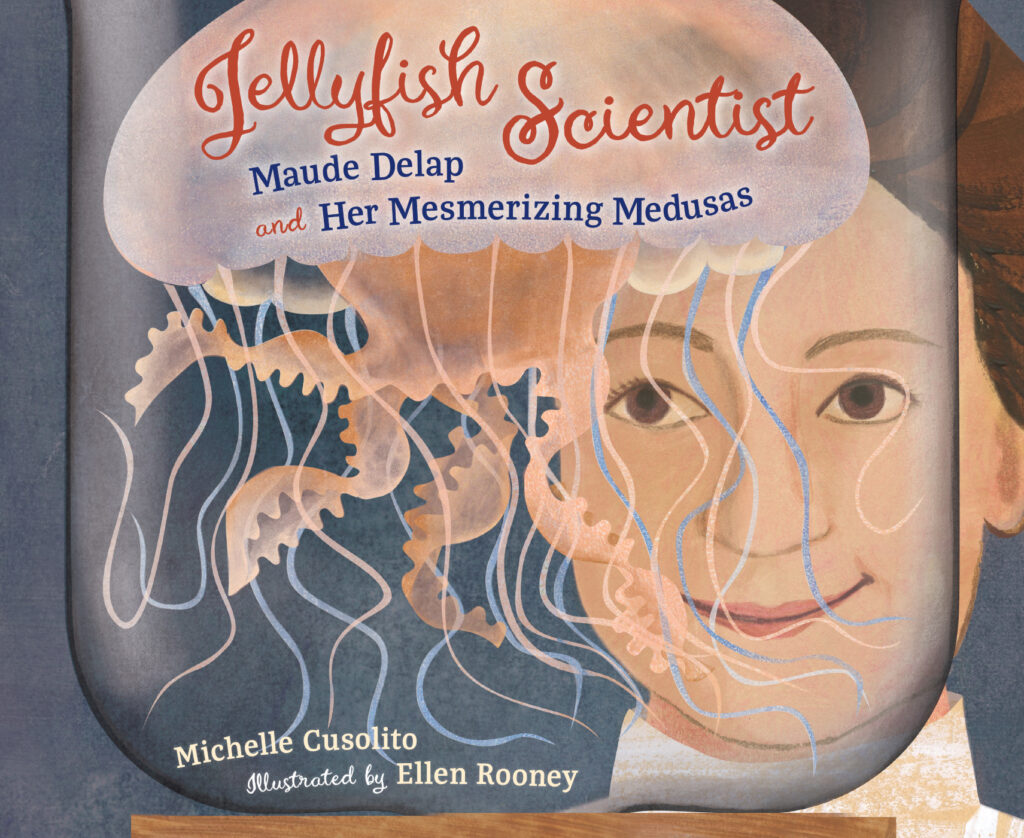
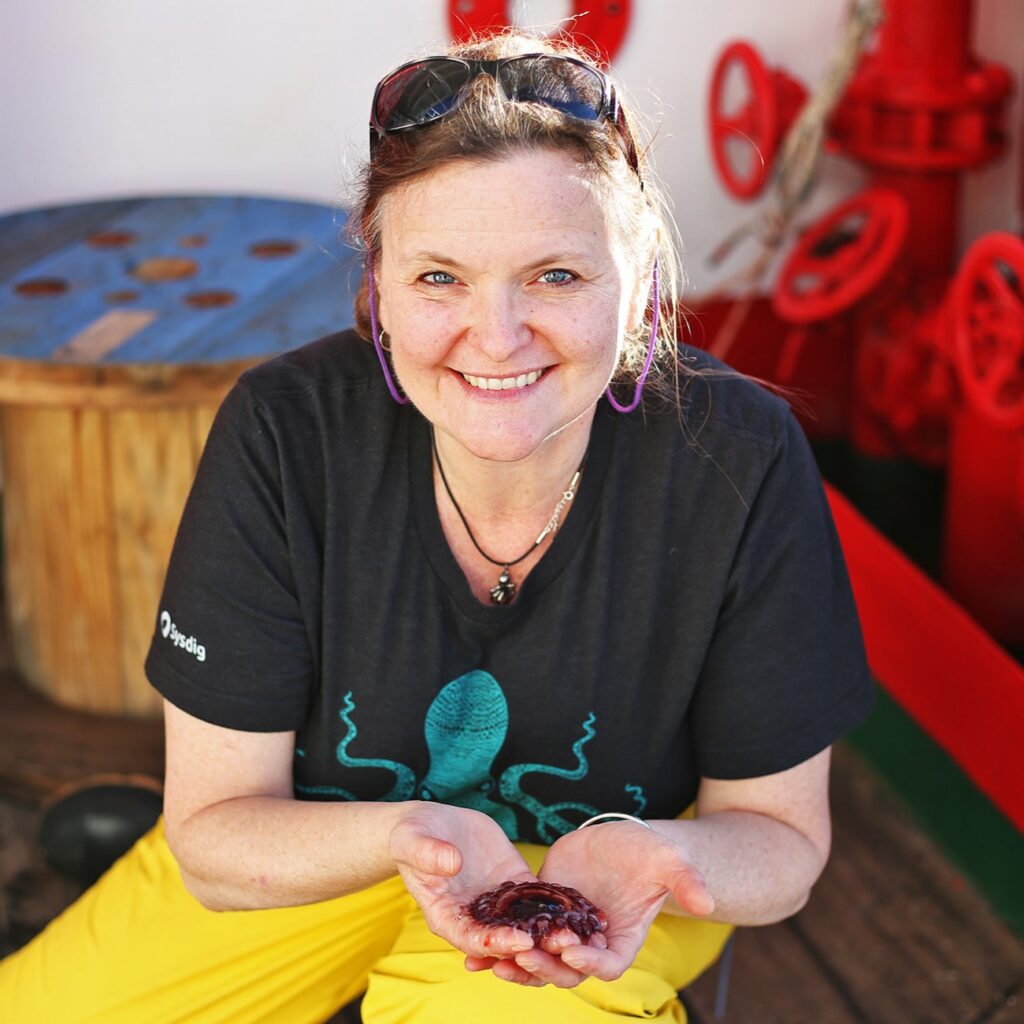
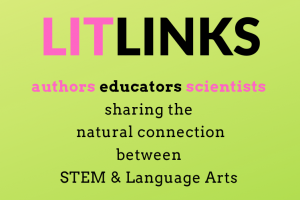
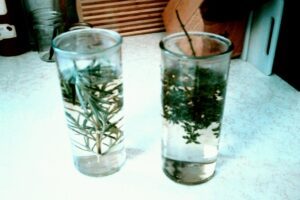
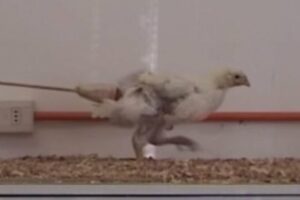


Leave a Reply
Your email is safe with me.